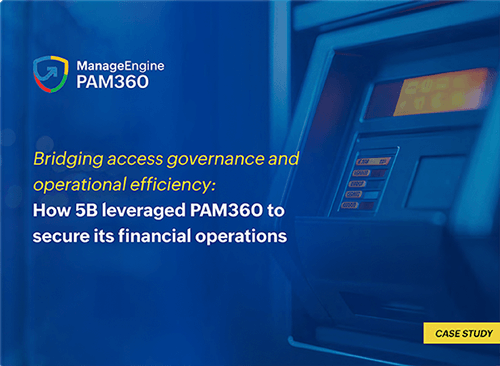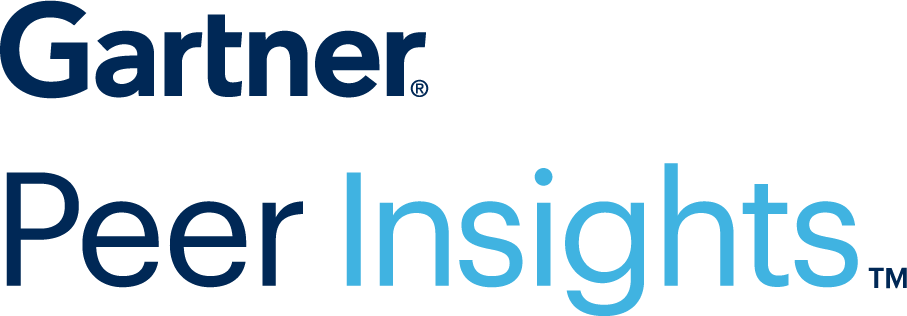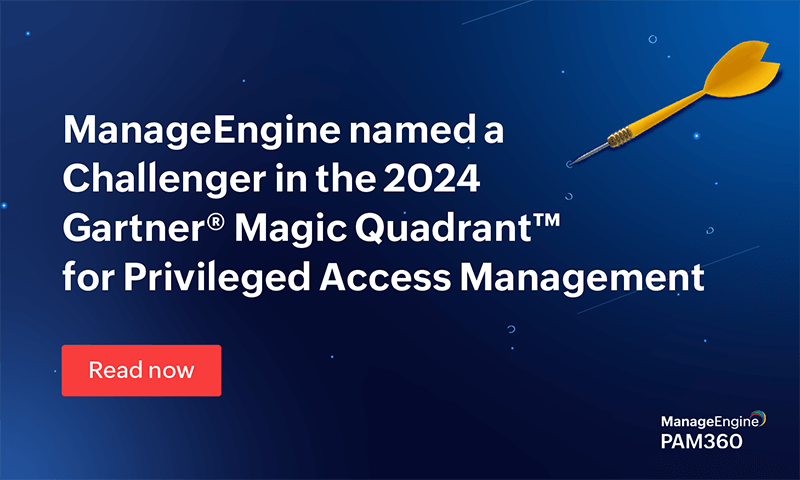Trusted by leading global enterprises
The cyber insurance bloom
In the past few years, the industry has witnessed an unprecedented and rapid increase in cyber insurance payouts, not just in occurrences but also in value. This has consequentially led to a sudden surge in cyber insurance premium rates.
Owing to the unreasonable amount of cyber attacks, cyber insurance providers have become stringent with their requirement policies and IT audits. For example, a cyber insurance provider could be out millions of dollars due to a single successful ransomware attack.
Cyber insurance compliance: What to expect?
-
Strict policy evaluation
Cyber insurance providers follow a stringent pre-audit evaluation that nitpicks all IT management controls that organizations have in place to fend off cyber attacks.
-
Compliance reduces premiums
In order to spend less on insurance premiums, cyber insurers encourage organizations to meet policy requirements.
-
Insurance is security
Pursuing cyber insurance not only helps organizations secure themselves financially in the case of incidents, it also helps them prevent such incidents by adhering to the strict predefined security protocols that it demands.
How does privileged access management aid in the cyber insurance journey?
Cyber insurance providers recognize privilege access management (PAM) controls as pivotal to fortifying an organization’s security posture. Privileged access security features play a foundational role in impeding diverse cyber threats and curtailing the ramifications of a data breach.
Organizations have faced an at least 50% increase in cyber insurance premium rates over the past few years, and we believe that enforcing PAM controls in an organization's IT environment can alleviate a chunk of that expenditure.
PAM controls can help organizations strengthen their foothold in multiple regions which cyber insurance providers deem necessary.
-
Multi-factor authentication
-
Statuatory measures against cyberattacks
-
Centrally accessible secret vaulting
-
Monitored secret sharing
-
Regulated certification of IT assets
-
Software that facilitates the achievement of compliance standards
-
Reliable back-up mechanisms
-
Mandated audit trails of all privileged activity

From an ROI standpoint, we’ve gained a lot. It saves time, boosts our security posture, and ensures better compliance. Honestly, not having a PAM solution in 2025 would be surprising. — Mario, security leader at 5BView case study
PAM360's tried and tested approach to address cyber insurance requirements
ManageEngine PAM360's granular privileged access controls are fine-tuned regularly to meet yearly cyber insurance requirements and is up-to-date with the current policy metrics.
PAM360's approach to meet cyber insurance requirements is wholly ingrained as part of its Zero Trust design.
- 01
Comprehensive trust score association
- 02
Policy-based access control (PBAC)
- 03
Least privilege access, ensuring zero standing privileges
- 04
Customizable just-in-time privilege elevation
The PAM checklist for all cyber insurance needs
The table below addresses how a cyber insurance compliant PAM solution delivers all cybersecurity measures that an insurance provider suggests and specifically how ManageEngine PAM360 parcels such measures into one seamless, centrally accessible console:
| Cyber insurance requirements | Recommended best practices | How PAM360 helps |
|---|---|---|
| What steps do your organization take to prevent, detect, and deter ransomware attacks? | Prevent malware manipulation by implementing regulated access to endpoints, enforce the four-eyes principle for endpoint access requests, standardize least privilege practice, and enforce stringent network segmentation. | PAM360 enables selective sharing of privileged accounts in remote endpoints to individual users or a group of users by verifying user roles and responsibilities. PAM360 enables sharing of such privileged information through password request-release workflows. These access requests are first raised by the user with a mentioned purpose, then are granted approval by a selected admin. Administrators can set up temporary, monitored, just-in-time (JIT) access to highly privileged resources through native privilege elevation and delegation management (PEDM) controls that can terminate the session in the event of suspicious activity. Using PAM360's policy based access control (PBAC) module, admins can create customizable access policies based on user and device trust-scores and other vital factors. Trust-scores are derived dynamically based on various security parameters such as network legitimacy, user and endpoint behavior, and more. For every privilege that is anointed to a user, our solution places a fail-safe that monitors, prevents, detects, and deters such privileges from being misused. |

The overall experience was great. PAM360 is a single point console to access all servers, applications and network devices.

Assistant Manager IT Operations - Software
Great and efficient management panel for high end security, remote access, and zero trust security.

CISO - Manufacturing
What I liked the most about PAM360 is user-friendliness and its ability to efficiently handle network and security aspects.

Administrator - IT Services
PAM360 has proven to be exceptional in managing access within our organisation, offering us an efficient solution for controlling private access.

VP, Data and Analytics - Education

